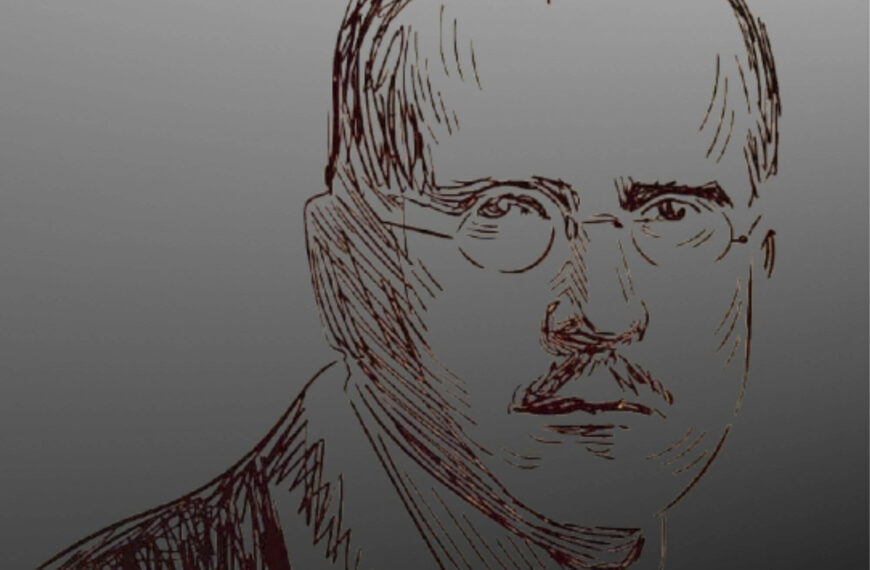In this article Pradipta talks about some of the technological advances in the medical and health care industry, which have revolutionised how doctors, nurses and hospitals take care of patients. The author also takes a look in the emerging trends in this sector and what the future holds for us, in the weekly column, exclusively for Different Truths.
It would not be wrong to say that IT (read technology) is all pervasive. It is slowly becoming omnipresent, if not fully omnipotent till now, in our day to day lives. Our life depends on lifesaving technologies. Prognosis of diseases and accurate investigations are thus possible.
Medical and healthcare technologies have brought about a paradigm shift.
The IT revolution in the 21 st century may be likened to the discovery of fire, wheel, plough and boat, as humans became more civilised world over. Let’s see how IT has brought about a sea change in our healthcare industry.
Better and More Accessible Treatment
Increased accessibility of treatment is one of technologies that has changed healthcare. Health IT opens up many more avenues of exploration and research, which allows experts to make healthcare more driven and effective than it has ever been. We can remotely and continuously monitor each heart beat, moment-to- moment blood pressure readings, the rate and depth of breathing, body temperature, oxygen concentration in the blood, glucose, brain waves, activity, and mood – all the things that make us tick.
Improved Care and Efficiency
Another key area that has grown and continues to do so is patient care. The use of information technology has made patient care safer and more reliable in most applications. The fact that nurses and doctors, who are working on the frontline are now routinely using hand-held computers to record important real-time patient data and then sharing it instantly within their updated medical history is an excellent illustration of the benefits of health IT.
Access to Data
Being able to accumulate lab results, records of vital signs and other critical patient data into one centralised area has transformed the level of care and efficiency a patient can expect to receive when they enter the healthcare system. An increased level of efficiency in data collection means that a vast online resource of patient history is available to scientists, who are finding new ways to study trends and make medical breakthroughs at a faster rate.
Software Improves Healthcare and Disease Control
The development of specific software programs means that the World Health Organisation, for example, has been able to classify illnesses, their causes and symptoms into a massive database that encompasses more than 14,000 individual codes.
To fight and control diseases these data comes in handy. They help to keep a track and pull up information when required. This process facilities and improves the functions of medical analysis. IT usage decreases the amount of paper works, increases accuracy in billing and ultimately rising efficiency. Doctors report that they are deriving enormous benefits from the drive toward a total system of electronic medical records; patients enjoy the fact that software has created a greater degree of transparency in the healthcare system.
We have seen many positive changes in health IT and expect to continue witnessing more exciting developments in the future!
So what is in store in future for the medical and health care industry? As medical technology surges forward with unprecedented speed and accuracy some of the things in future are as follows:
Robotic Check-ups: Robots will take up some of the routine things of treatment. They will patrol hospital hallways on more routine rounds, checking on patients in different rooms and managing their individual charts and vital signs without direct human intervention
Laser Surgery: This is already being used currently using a laser (instead of a scalpel) to cut tissue. Examples include the use of a laser scalpel in otherwise conventional surgery, and soft-tissue laser surgery, in which the laser beam vaporises soft tissue with high water content. This is commonly used on the eye.
Magnetic Levitation: Artificial lung tissue grown with magnetic levitation: it sounds like something out of science fiction, a way to create realistic human tissue using nanomagnets that allowed lab-grown tissue to levitate above a nutrient solution.
Printed Bones: 3D-Printed- Bones-3. The day of wearing casts for weeks and going through vigorous pain is gone. As the process of bone healing naturally has been taken over by 3D bone structures. In Washington State University, researchers have developed a hybrid material. It has the same properties of a bone to be able to be flexible yet strong.
A “model” made by the printer can be placed at the site of the fracture. Then the real bone grows around it and the structure disintegrates within. The printer they’re using is a ProMetal 3D printer-consumer technology.
There are so many amazing things going on worldwide in medicine and healthcare. The above was just a very small glimpse or idea of what advances mankind has made in the field of medicine and healthcare.
©Pradipta Roy
Pix from Net.








 By
By
 By
By

 By
By